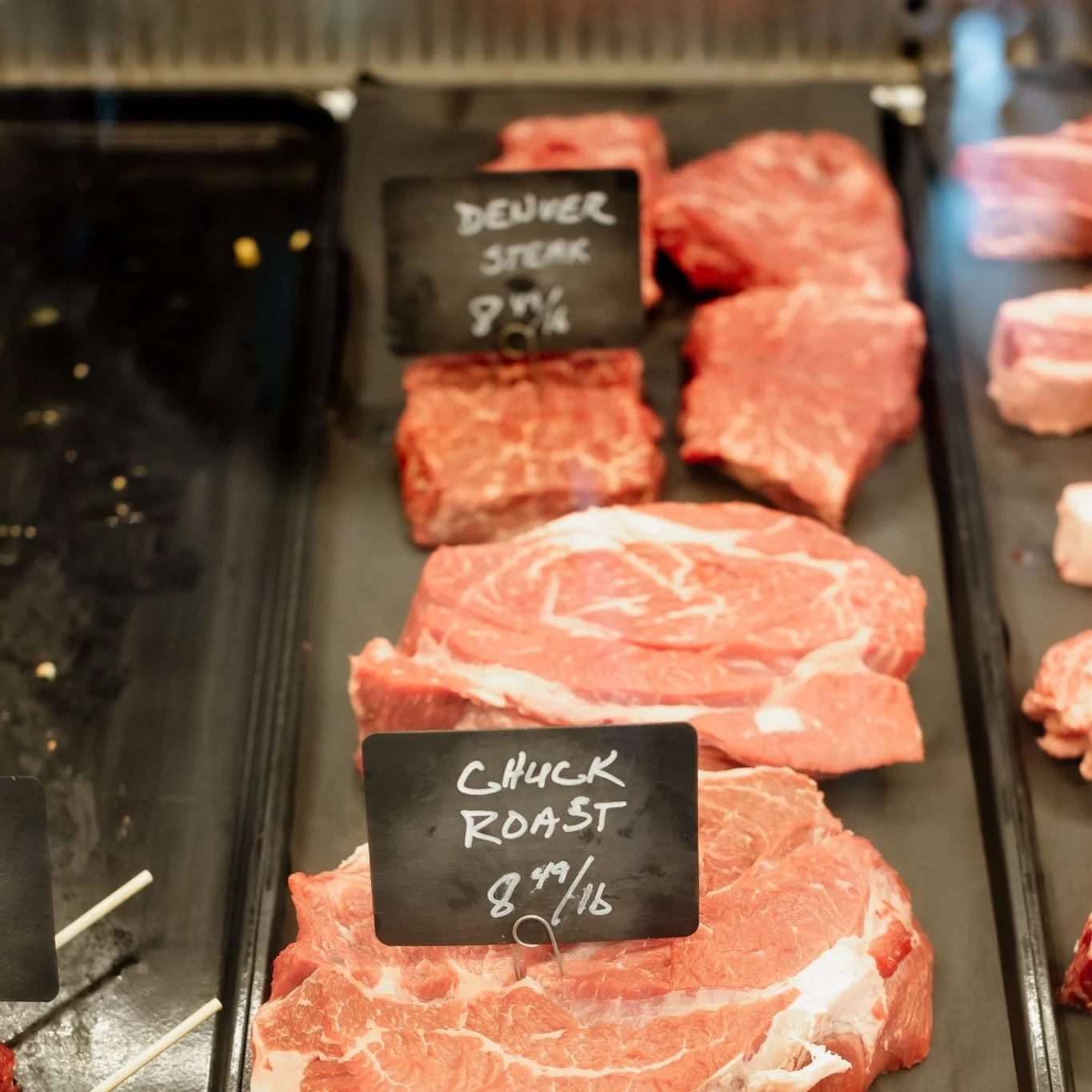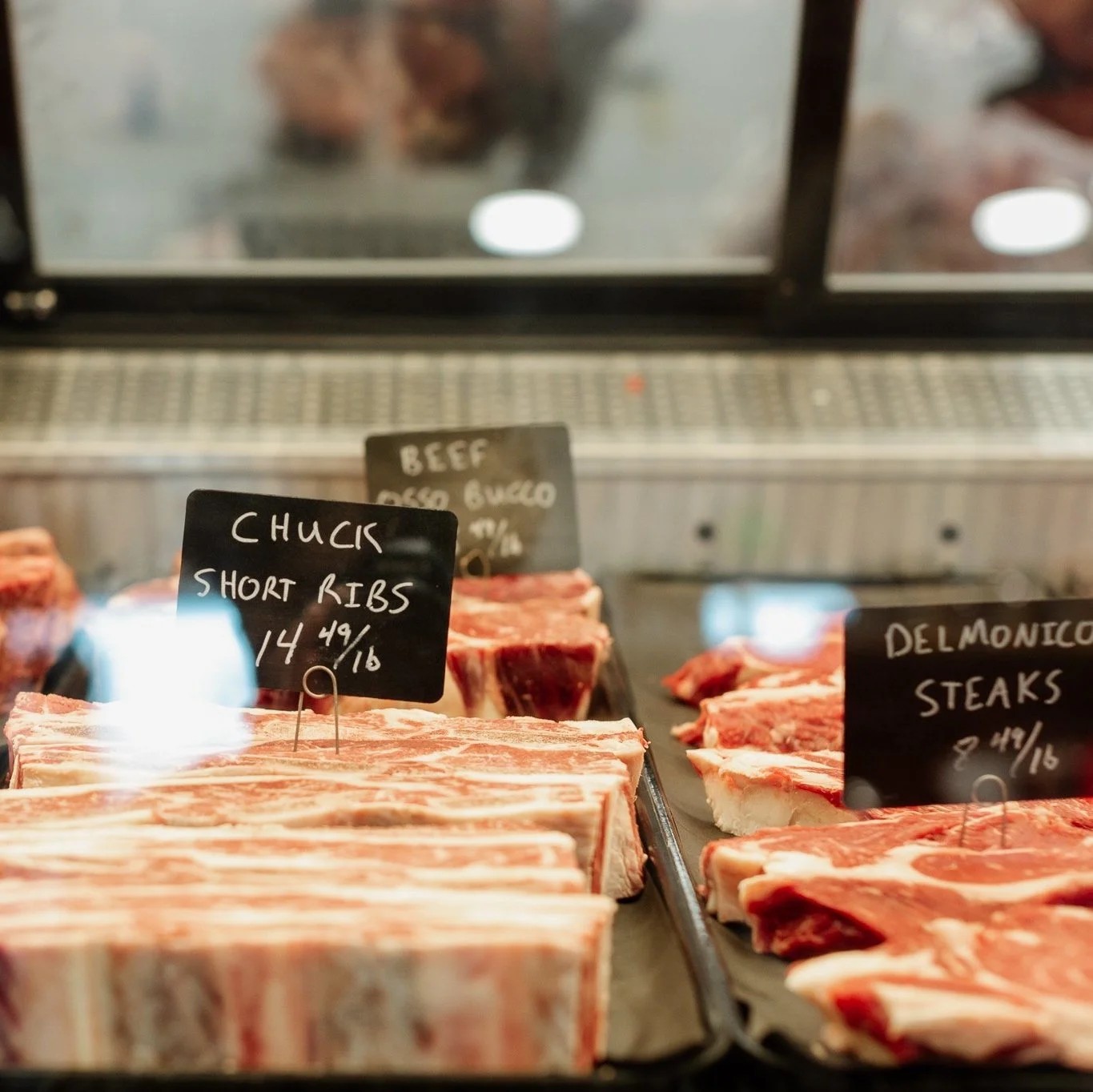Beef on a Budget
Recession-proof your recipes by taking the heat off your grocery budget with these economical cuts of meat.
It seems that everything is more expensive these days, from fuel to food. When it comes to food, I’m sure the cost of meat has certainly taken its bite out your weekly grocery budget. As a result, I thought I’d share some ways to save while still putting quality meat on the table. Below, I’ve offered alternatives to some of the more popular cuts of meat that may help you save:
Chuck Flap. The chuck flap is a great alternative to the brisket flat. The chuck flap is a well marbled cut that is best cooked low and slow. This cut is not only less expensive than the brisket flat but also comes in a smaller portion size. Chuck flaps typically weigh between three to four pounds and will easily serve a family of four. A chuck flap can be smoked in about four to five hours.
Bavette. If you’re looking to save on making burnt ends, a bavette may be a good substitute for a brisket point. The price per pound for a bavette is similar to a brisket point but is much smaller. So, if you’re feeding a smaller group, this is a great option. A whole bavette weighs about 3 pounds, but we sell ours as halves. Burnt ends can be made from a bavette in about 3-4 hours, depending on how caramelized you like your sauce.
Denver Steak. The Denver steak is similar in texture to the sirloin, but less expensive. This steak actually comes from the chuck flap. Our butchers butterfly this steak in order to shorten the muscle fibers and improve the tenderness. Since this steak comes from the hard-working shoulder of the animal it has an intense beefy flavor. Cooking this steak to medium-rare or less will help to maintain its tenderness. We also recommend cooking this steak longer, over lower heat. Indirect heat is a good option for this steak.
Delmonico Steak. When we break down a beef carcass, we separate the rib section between ribs five and six. The meat on ribs six on up become the ribeye and the meat on ribs five on down become the chuck. The first three cuts from the chuck (starting at rib five) are actually include the same muscle group that comprises the ribeye, but cannot be called ribeye because it is now part of the chuck. This means the Delmonico is great steak that cooks and eats very similar to a ribeye, but for a fraction of the cost.
Shoulder Tender. The shoulder tender, as the name implies, comes from the shoulder of the animal, also called the chuck. A shoulder tender weighs a little under a pound and there are only two of them on an entire beef carcass. Consequently, we don’t always have a lot of shoulder tenders available, but when you see them in our shop, make sure you grab them. They are a very lean cut that is also very tender, which makes them a great alternative to a filet mignon.
Beef Navel. If you’re looking to make your own corned beef or pastrami and want to save some money, the beef navel is a great substitute for the brisket. We don’t regularly stock beef navel, but is something that we can get for you from our whole animal butchery program. Please call us or talk to one of our butchers to place an order for this cut.
Pork Shoulder Steak. While pork is not as expensive as beef, if you’re feeding a large crowd, it can still add up. Pork shoulder steaks are a great replacement for pork chops. These cuts of pork actually come from the Boston butt. These cuts can easily be grilled or smoked. Cooking them slower on the smoker is ideal because it will allow for more fat rendering.


